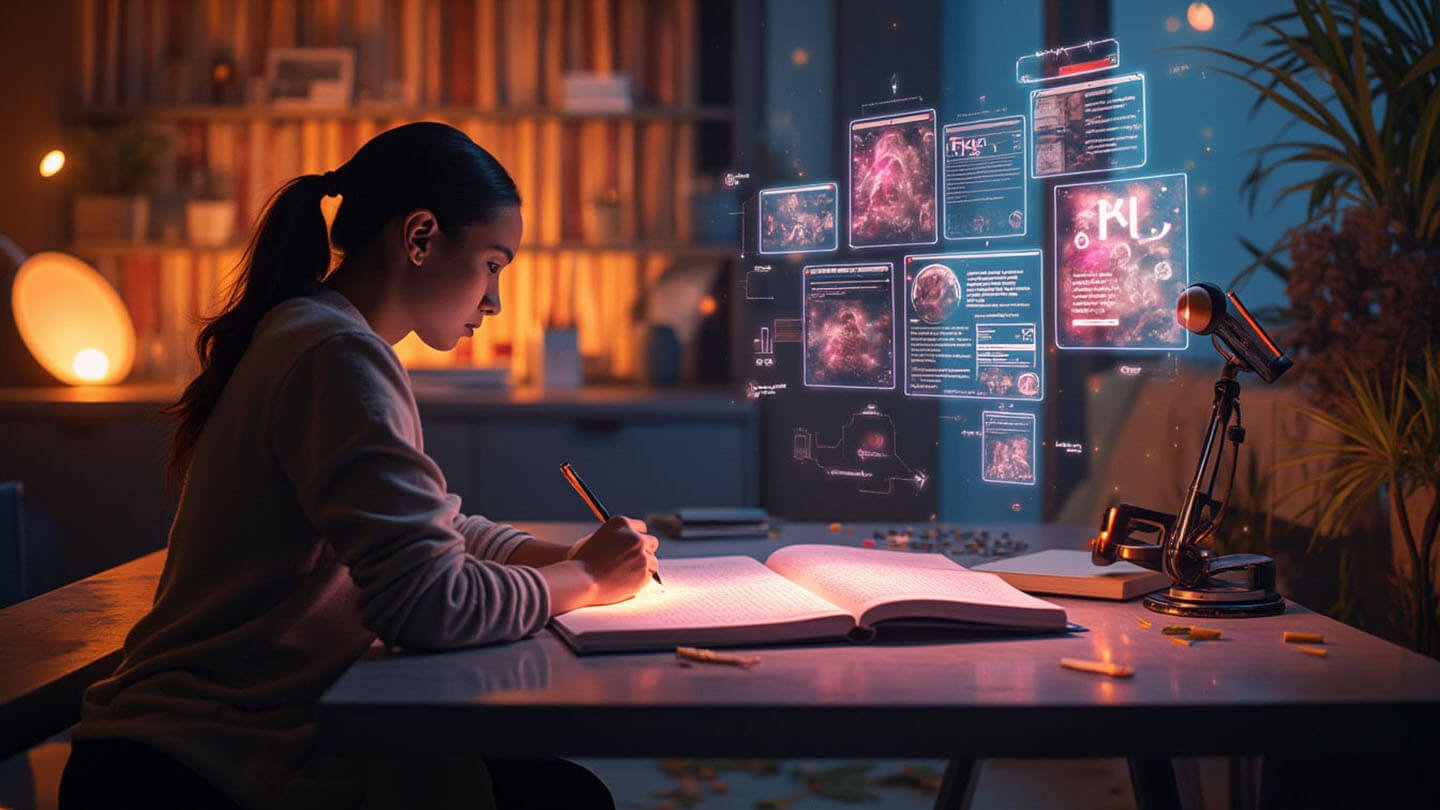The 2023 Writers Guild of America strike lasted 148 days and wasn’t just about AI, though artificial intelligence definitely added fuel to the fire. Writers demanded fair pay, streaming transparency, minimum staffing in writers’ rooms… and, yes, limits on AI’s role in the creative process. The fear wasn’t that AI would suddenly write Emmy-winning monologues. It was that studios might start using it to cut corners, then hand messy drafts to human writers for cleanup without proper credit or pay. And even if the scripts sucked, the idea that something non-human could fill up 90 pages of content in under a minute made a lot of people uneasy.
The final agreement added some guardrails: studios can’t force writers to use AI tools, and any material created by writers can’t be used to train AI models without permission. But there’s still a gray area. Some say that the deal doesn’t outlaw AI, it just doesn’t let it replace the writers, and that sounds fine on paper… In practice? We’re still figuring it out.
Still, some writers are already using AI voluntarily, not to generate final drafts but as a kind of creative companion. There are many different tools available online and the rise of ChatGPT only accelerated the whole ordeal. Some platforms offer assistance on certain writing stages, some try to support writers from the first letter on the page. For example, the copilot by Textero lets users brainstorm and research their ideas, just as well as do quick scene rewrites. From an AI humanizer to a story randomizer, the wide range of these “helpers” goes far beyond the corners of the Internet we usually visit.
Of course, some people want to automate the whole process and abuse this dynamic. But such platforms only work when there’s a human behind them. It can give writers something to argue with when the blank page refuses to talk back, so to say.
Characters, Conflict, Chaos: Using AI to Develop Story and Personality
Every writer’s been there – you create a character you love, then realize they don’t actually do anything interesting or worse, they all start sounding the same. Some writers might use an AI writing generator to generate basic traits, internal conflicts, or unexpected quirks to shake things up.
If you’re asking what is AI scripting, it’s pattern analysis run on thousands of screenplays to spot story beats and character arcs. An AI tool will highlight overused tropes and offer fresh angles, like villains who doubt themselves, heroes who hide scars. Writers report that having those suggestions cuts their act two rewrite time by almost half. An AI editor then jumps in, cleaning up grammar, flagging inconsistent tense and balancing scene lengths. Meanwhile academic integrity stays intact because the research assistant flags any facts that lack citations. With these features, newcomers learn structure on the fly and veterans rediscover fresh paths through familiar story beats.
Let’s Talk About Dialogue (And Why It’s Harder Than It Looks)
AI is weirdly good at mimicking surface-level dialogue. It can give you a casual back-and-forth between two bickering co-workers or a couple breaking up over soup dumplings. But the emotional subtext? Still flat. It’s like reading a script written by someone who’s only watched humans from behind two-way glass or definitely not an alien, trying to pose as human.
Some scriptwriting AI platforms claim to help with “natural” conversation flow. And they do, for first drafts. The cadence often feels a bit off, but they’re useful for sketching scenes fast. You get something to react to, rewrite, or punch up. It’s especially helpful if you’re writing ensemble scenes and trying to keep characters distinct, because prompting the AI to write the same scene from each character’s point of view can reveal tone shifts or highlight who’s dominating the scene too much.
Polishing, Rewriting, and Getting Out of Your Own Head
Rewrites are where great scripts are born. But rewriting alone? It can feel like trying to spot typos in a language you’ve invented. AI tools can’t fix everything, but they can help writers notice what they’ve stopped seeing. An AI editor can point out redundancy, tighten phrasing, or rephrase lines in alternative tones (sarcastic, formal, vulnerable). These revisions aren’t final, but they’re definitely conversation starters.
There are also practical uses beyond dialogue. Some screenwriters who write courtroom dramas or historical stories rely on AI writing tools with a built-in research assistant to pull up facts, terminology, or references. One writer on Reddit mentioned using an AI tool to simulate how a 1940s New York detective would speak, complete with slang and idioms from that era. It wasn’t perfect, but it gave them enough flavor to polish the scene themselves. And for students learning how to cite sources in film school or academic projects, an AI essay writer can offer real-time formatting support for APA or MLA. That’s not exciting, but it’s super useful when your screenplay is part of a media thesis and your professor insists on source attribution for archival footage or historical references.
What are AI tools actually helpful for? In scriptwriting, you can use them for various reasons.
- Punching up dialogue, which is good for rewrites, pacing, and testing tone.
- Getting unstuck with prompts, weird scene ideas, and plot twists.
- Fast formatting like scene headers, transitions, or slugline cleanups.
- Rewriting for tone, where you can try scenes in comedy, thriller, or melodrama style.
- Voice differentiation which is especially useful for ensemble casts.
- Citation help for student scripts or historically based stories.
- Character prompts for backgrounds, contradictions, motivations.
Screenwriters today aren’t handing over their jobs to algorithms – they’re experimenting. Some with caution, some with enthusiasm, and some only when deadline panic kicks in. But almost all agree: AI tools aren’t good enough to replace real writers. Still, they’re getting better at being the ‘glitchy coworker’ who throws out an idea that makes you go, “Huh. I could work with that.”
